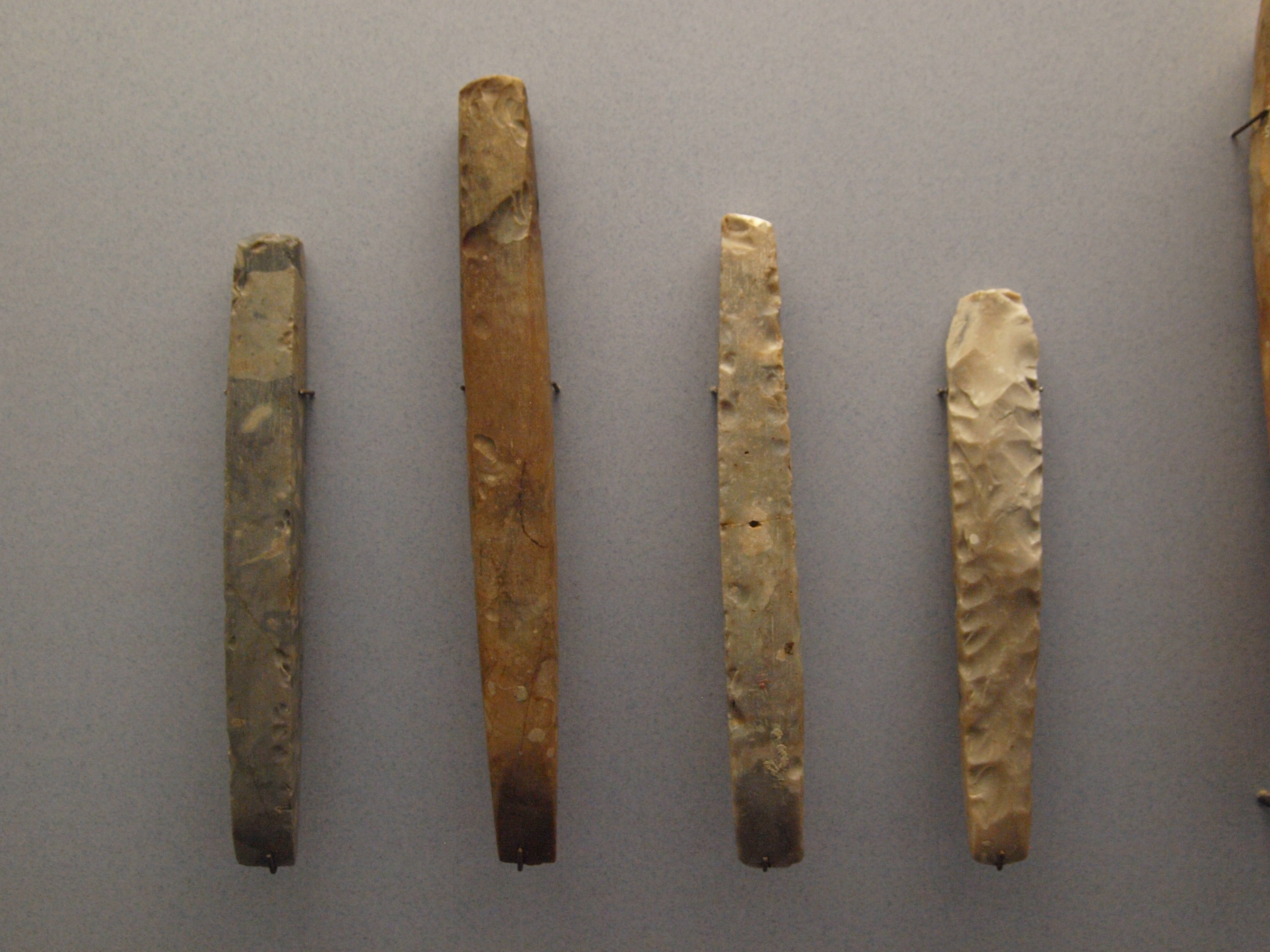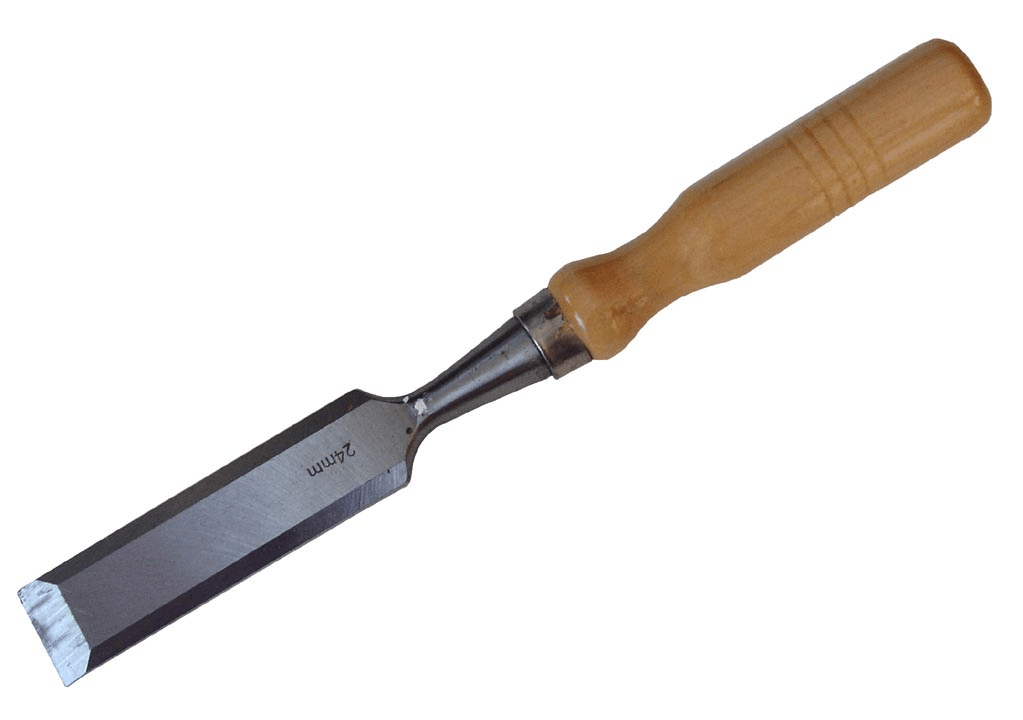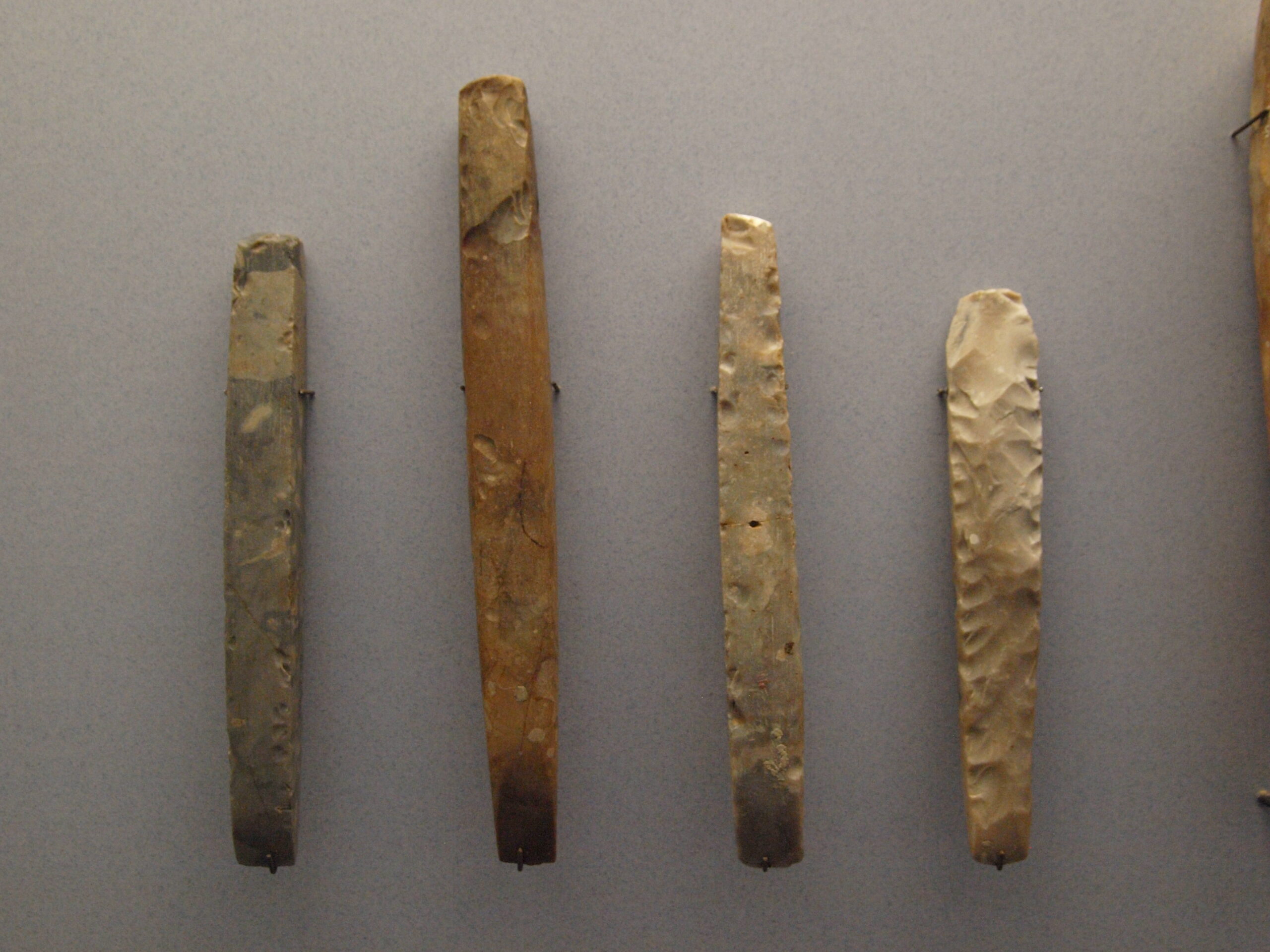Are you curious about the materials that chisels are made of? Well, you’ve come to the right place! Chisels are essential tools used for woodworking, metalworking, and carving intricate designs. In this article, we’ll delve into the fascinating world of chisels and discover the diverse materials they’re crafted from. So, let’s dive in and explore what makes these versatile tools so effective!
When it comes to chisels, there’s no one-size-fits-all material. Chisel blades are available in various shapes and sizes, each designed for specific tasks. But what are the materials that make up these crucial cutting edges? You’ll be surprised to learn that chisels can be made from a range of materials, from traditional choices like high-carbon steel to modern innovations like tungsten carbide. Let’s take a closer look at the options and their unique features.
Understanding the materials chisels are made of is important for choosing the right tool for the job. Whether you’re a seasoned craftsman or just starting your woodworking journey, knowing the characteristics of each material can help you achieve the best results. Join us as we uncover the mysteries behind these incredible tools and discover the materials that shape the world of chiseling!

What Material Are Chisels Made Of? The Ultimate Guide
It’s a question that may have crossed your mind if you’re someone who works with tools or has an interest in carpentry or woodworking: what material are chisels made of? Chisels, in their various shapes and sizes, are essential tools in these industries. The material from which they are made plays a significant role in their durability, sharpness, and overall performance. In this comprehensive guide, we will delve into the different materials used to make chisels, exploring their characteristics, benefits, and drawbacks. Whether you’re a seasoned craftsman or just starting on your DIY journey, this information will help you choose the right chisel for the job.
The Importance of Material in Chisel Performance
When it comes to chisels, the material they are made of affects their strength, sharpness, and ability to withstand repeated use. The choice of material impacts various aspects, such as edge retention, ease of sharpening, and resistance to corrosion. Additionally, different materials may be better suited for specific tasks or working conditions. Understanding the properties of the materials used in chisel production will equip you with the knowledge to select the right tool for your needs. Let’s explore the most common materials used to make chisels in detail.
1. Carbon Steel
Carbon steel is one of the oldest and most traditional materials used to make chisels. It is known for its sharpness and ease of sharpening, making it a popular choice among professionals and hobbyists alike. Carbon steel chisels are typically hardened and tempered to achieve the desired level of hardness, which directly affects their durability and ability to hold an edge. While carbon steel chisels offer excellent performance, they are more prone to rust and may require regular maintenance to keep them in optimal condition.
Carbon steel chisels are widely available and often more affordable compared to chisels made from other materials. They are suitable for general woodworking tasks and can handle various types of wood. However, if you frequently work with wet or damp wood, you may want to consider other materials that offer better corrosion resistance.
2. High-Speed Steel (HSS)
High-speed steel (HSS) is a type of tool steel that contains various alloying elements, such as tungsten, molybdenum, chromium, and vanadium. These additions enhance the hardness, heat resistance, and overall performance of the chisel. HSS chisels are known for their ability to maintain a sharp edge even when subjected to high temperatures generated during prolonged use. This makes them ideal for heavy-duty tasks or applications that involve working with hardwoods or abrasive materials.
HSS chisels are more expensive than carbon steel chisels but offer superior durability and edge retention. They are also less prone to rusting, thanks to their higher chromium content. If you’re an experienced woodworker or often work on demanding projects, investing in a set of HSS chisels can significantly enhance your productivity and overall satisfaction with the tools.
3. Stainless Steel
Stainless steel chisels are specifically designed to offer excellent corrosion resistance. They are alloyed with chromium, which forms a protective layer on the surface of the chisel, preventing rusting and enhancing longevity. Stainless steel chisels are ideal for tasks that involve exposure to moisture, such as marine applications or working with green wood. They are easy to maintain and do not require regular oiling or rust prevention measures.
However, stainless steel chisels may not possess the same level of sharpness or edge retention as carbon steel or HSS chisels. They are also generally more expensive. If you prioritize rust resistance and work primarily in damp environments, stainless steel chisels are a worthy investment.
This concludes the first part of our comprehensive guide on the materials used to make chisels. In the upcoming sections, we will explore additional materials, such as laminated steel, ceramic, and more. Stay tuned to discover the best material for your specific needs and learn valuable tips for maintaining and sharpening your chisels.
Key Takeaways: What Materials are Chisels Made Of?
- Chisels are typically made of hardened steel.
- High-carbon steel is commonly used for chisels due to its durability and strength.
- Tungsten carbide is another material used for chisel tips, offering excellent hardness and resistance to wear.
- Some chisels may have handles made of wood, plastic, or other materials for a comfortable grip.
- It’s important to choose a chisel made of the appropriate material for the specific task you’re undertaking.
Frequently Asked Questions
Welcome to our FAQ section on chisels! Below, you’ll find answers to some common questions regarding the materials used to make chisels. Whether you’re a woodworking enthusiast or just curious, we’ve got you covered.
1. What types of materials are commonly used to make chisels?
Chisels can be made from various materials depending on their purpose. The most common materials used include carbon steel, high-speed steel (HSS), and chromium-vanadium (Cr-V) alloy. Each material has its own characteristics and advantages.
Carbon steel chisels are tough and hold a sharp edge well, making them suitable for general woodworking tasks. HSS chisels are more durable and can withstand higher heat, making them ideal for heavy-duty applications. Cr-V alloy chisels offer a balance of toughness and durability, making them versatile for various woodworking projects.
2. What are the benefits of using carbon steel chisels?
The use of carbon steel in chisels offers several advantages. Carbon steel chisels are known for their durability and ability to hold a sharp edge for extended periods. This makes them a popular choice among woodworkers who require precise cuts and detailed work.
Furthermore, carbon steel chisels are relatively affordable compared to other materials. They are also easier to sharpen, allowing woodworkers to restore the chisel’s edge quickly. However, it’s important to note that carbon steel chisels are more susceptible to rust and corrosion, so proper maintenance is essential.
3. Are high-speed steel (HSS) chisels worth the investment?
Absolutely! High-speed steel (HSS) chisels are highly valued for their exceptional durability and ability to withstand high temperatures. These chisels are designed to operate at high speeds without losing their edge or damaging the tool.
Additionally, HSS chisels maintain their hardness even at elevated temperatures, making them suitable for heavy-duty use. The increased longevity of HSS chisels compensates for their higher cost, as they often outlast carbon steel chisels. Woodworkers who frequently work on demanding projects or with tougher materials will find HSS chisels to be a worthwhile investment.
4. What makes chromium-vanadium (Cr-V) alloy chisels a popular choice?
Chromium-vanadium (Cr-V) alloy chisels combine the best traits of carbon steel and high-speed steel. This material offers excellent strength, toughness, and resistance to wear and tear. Cr-V alloy chisels can handle a wide range of woodworking applications, making them versatile tools in any workshop.
Moreover, Cr-V alloy chisels are less prone to rust and corrosion compared to carbon steel chisels. They are also relatively easy to sharpen. Woodworkers who need a reliable, all-purpose chisel that can withstand various tasks will find Cr-V alloy chisels to be an excellent choice.
5. Can chisels be made from other materials?
While carbon steel, high-speed steel, and chromium-vanadium alloy are the most commonly used materials for chisels, other materials can also be used in specific situations. For example, ceramic chisels are exceptionally hard and primarily used for working with stone or porcelain. Tungsten carbide-tipped chisels are extremely durable and ideal for working with harder materials like concrete, masonry, or metal.
However, it’s worth noting that chisels made from alternative materials may have more specialized uses and may not be as widely available as those made from the traditional materials mentioned earlier. Always consider the specific application and material you’ll be working with when selecting a chisel.

Summary
Chisels are tools used to shape or cut materials like wood or metal. They are made from various materials, including steel, carbon steel, and high-speed steel. Each material offers different benefits and drawbacks. Steel chisels are durable and can be resharpened, while carbon steel chisels are cheaper but may require more frequent sharpening. High-speed steel chisels are even more durable and can withstand high temperatures. It’s essential to choose the right type of chisel for the job to get the best results.
In conclusion, chisels are made from a range of materials, such as steel, carbon steel, and high-speed steel, each with its own advantages. Whether you’re working on wood or metal, selecting the right chisel material is crucial for achieving the desired outcome. So, next time you see a chisel, you’ll know what it’s made of and why it matters!
